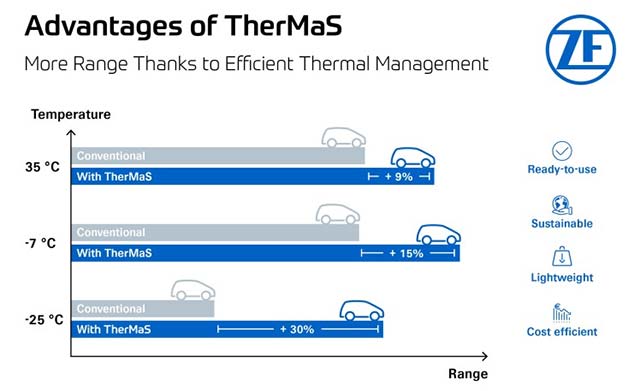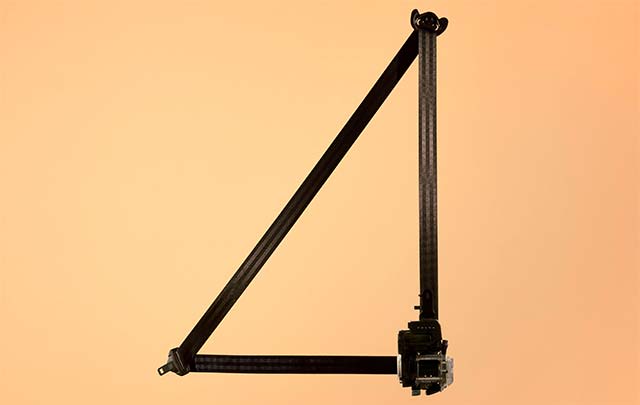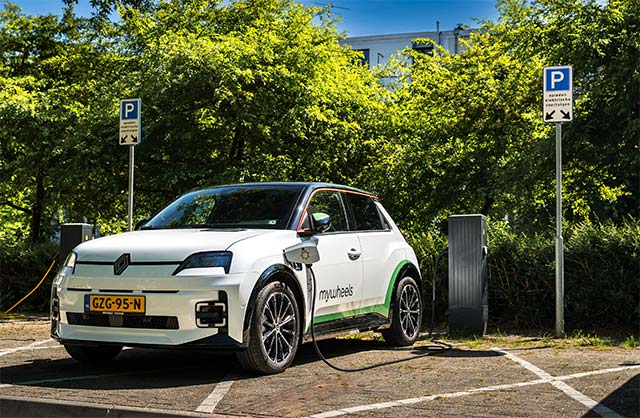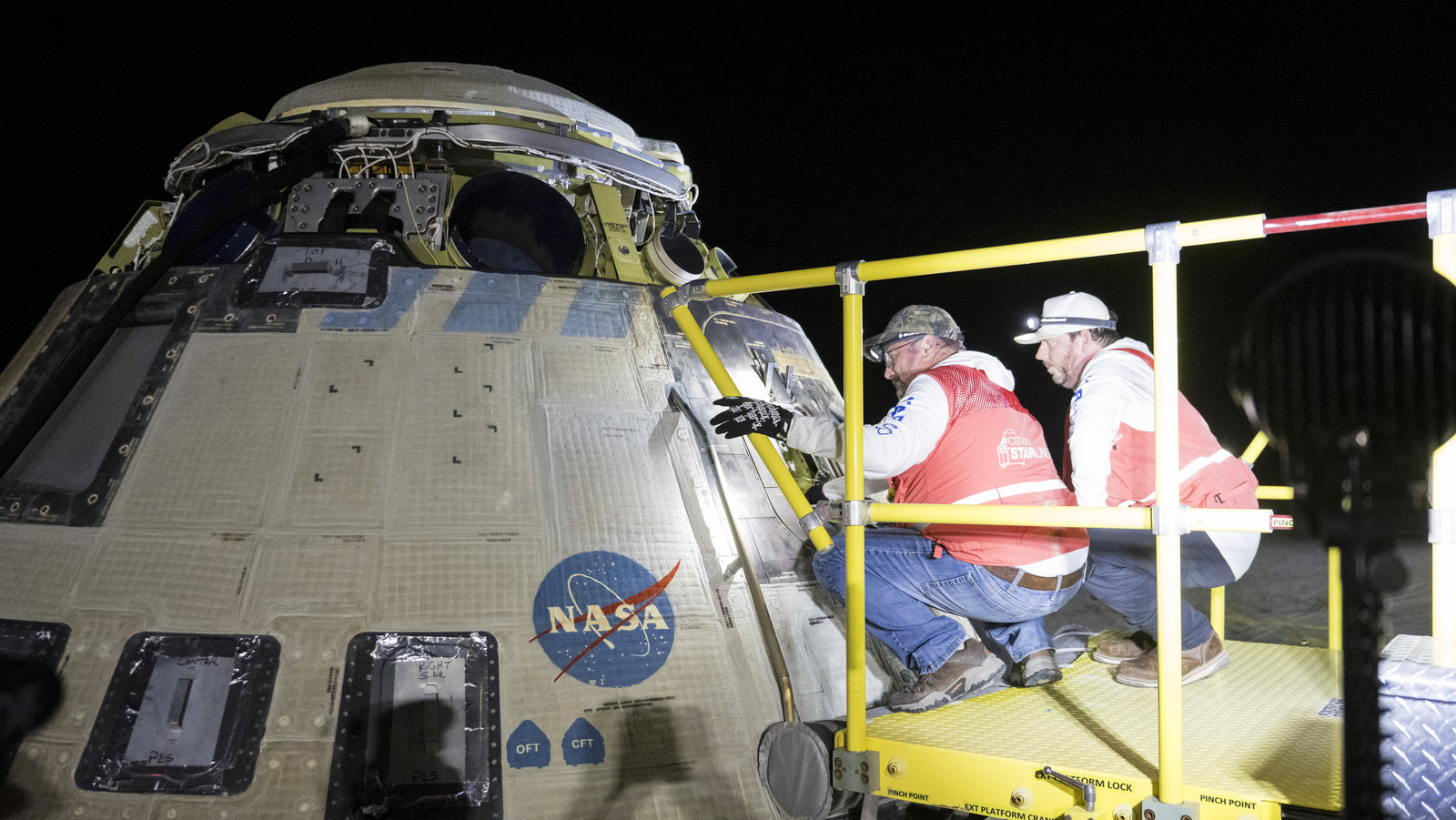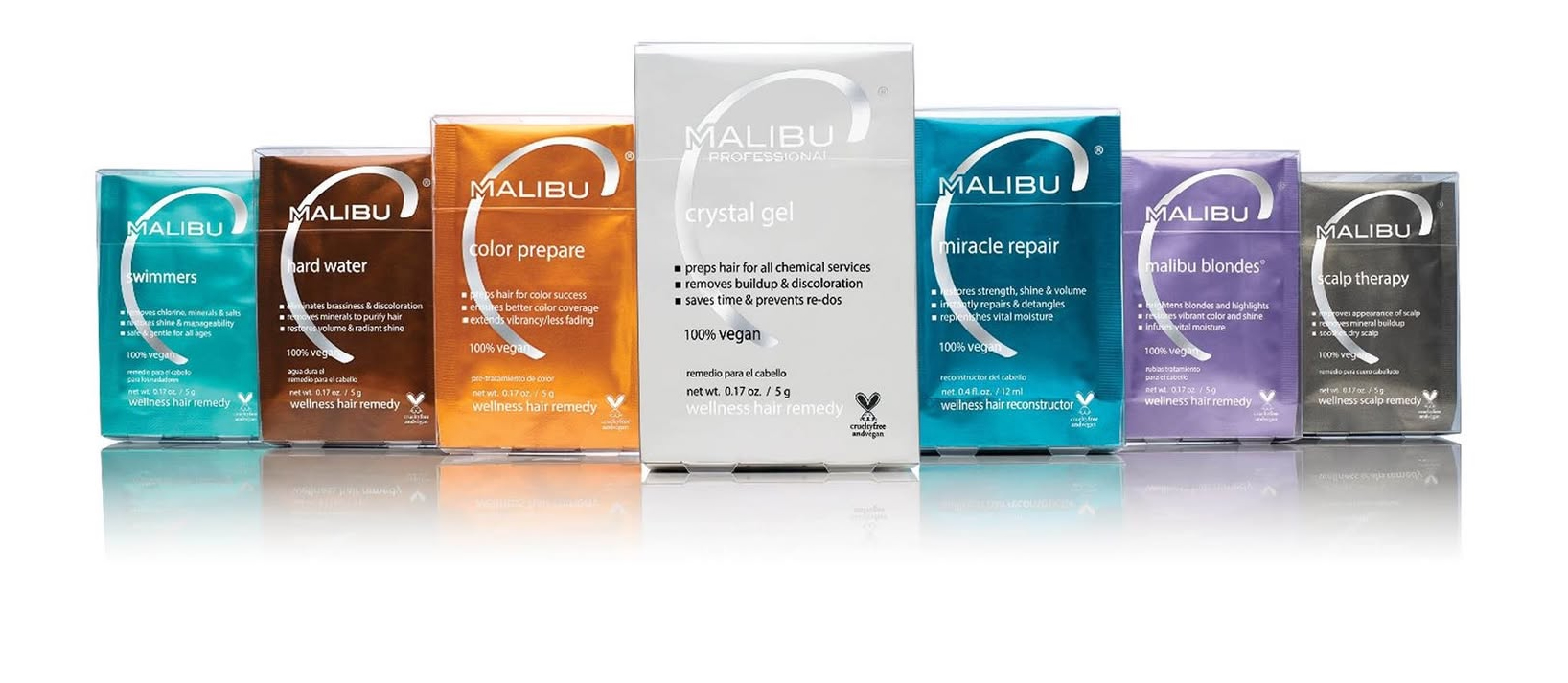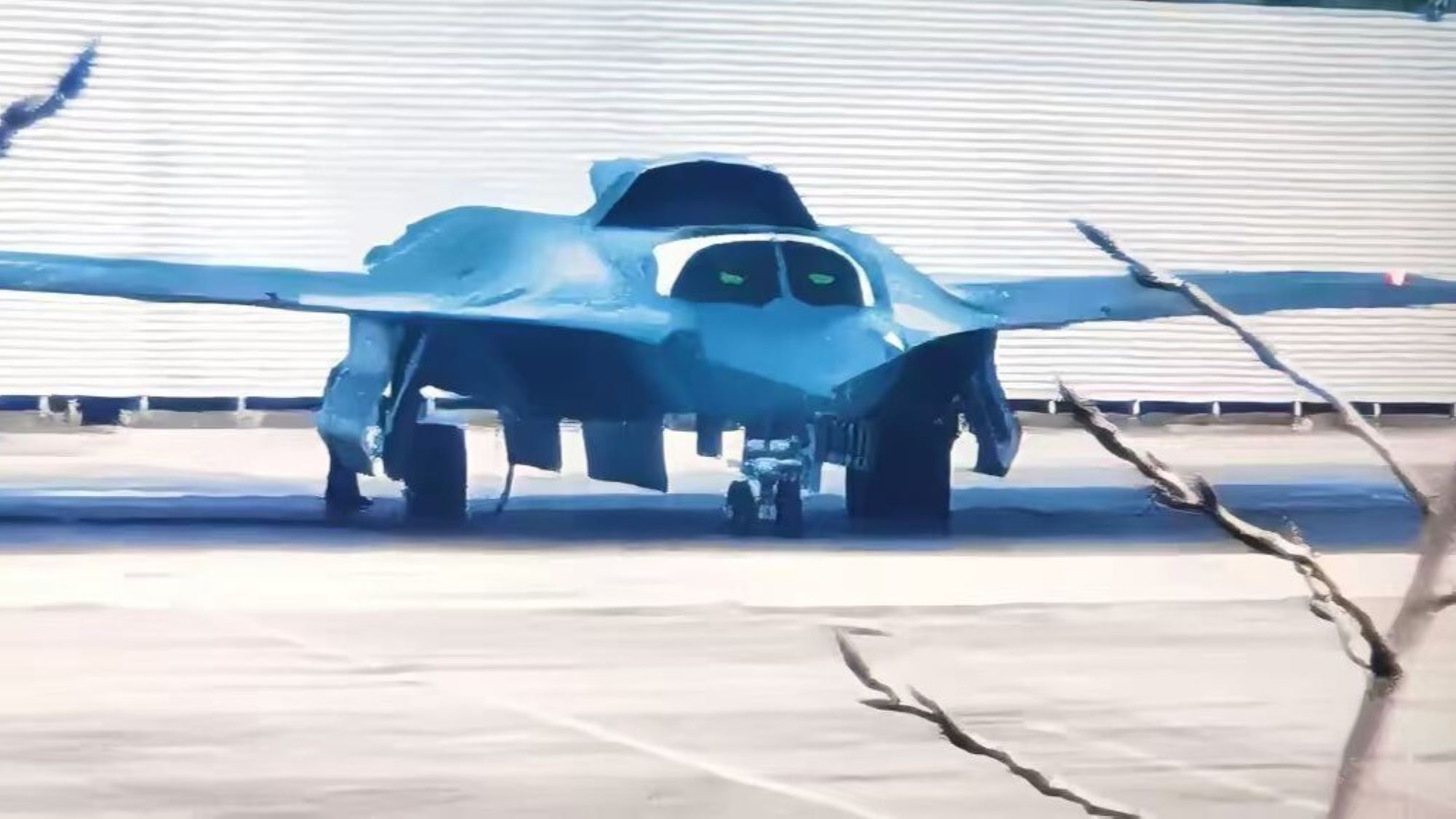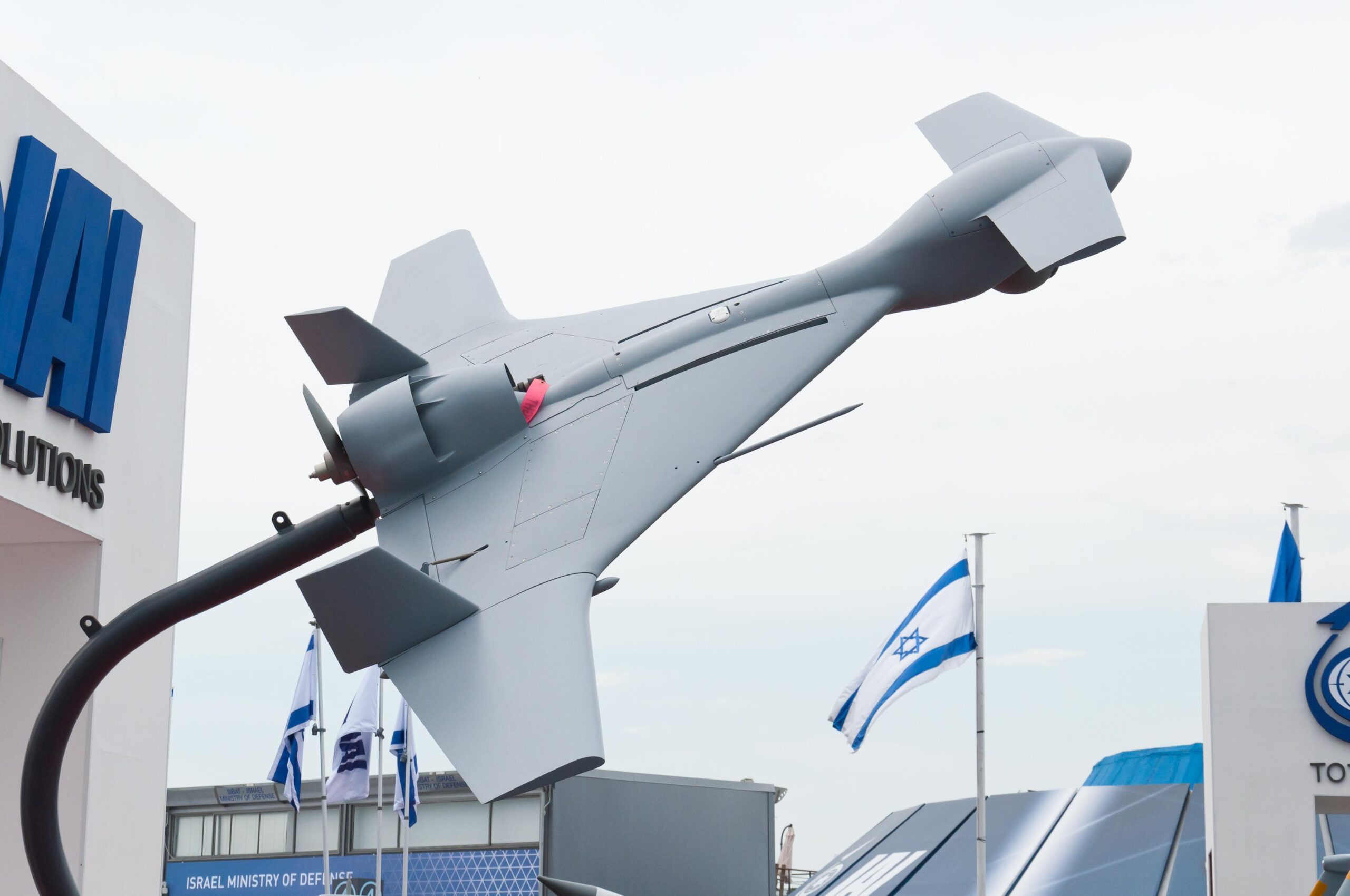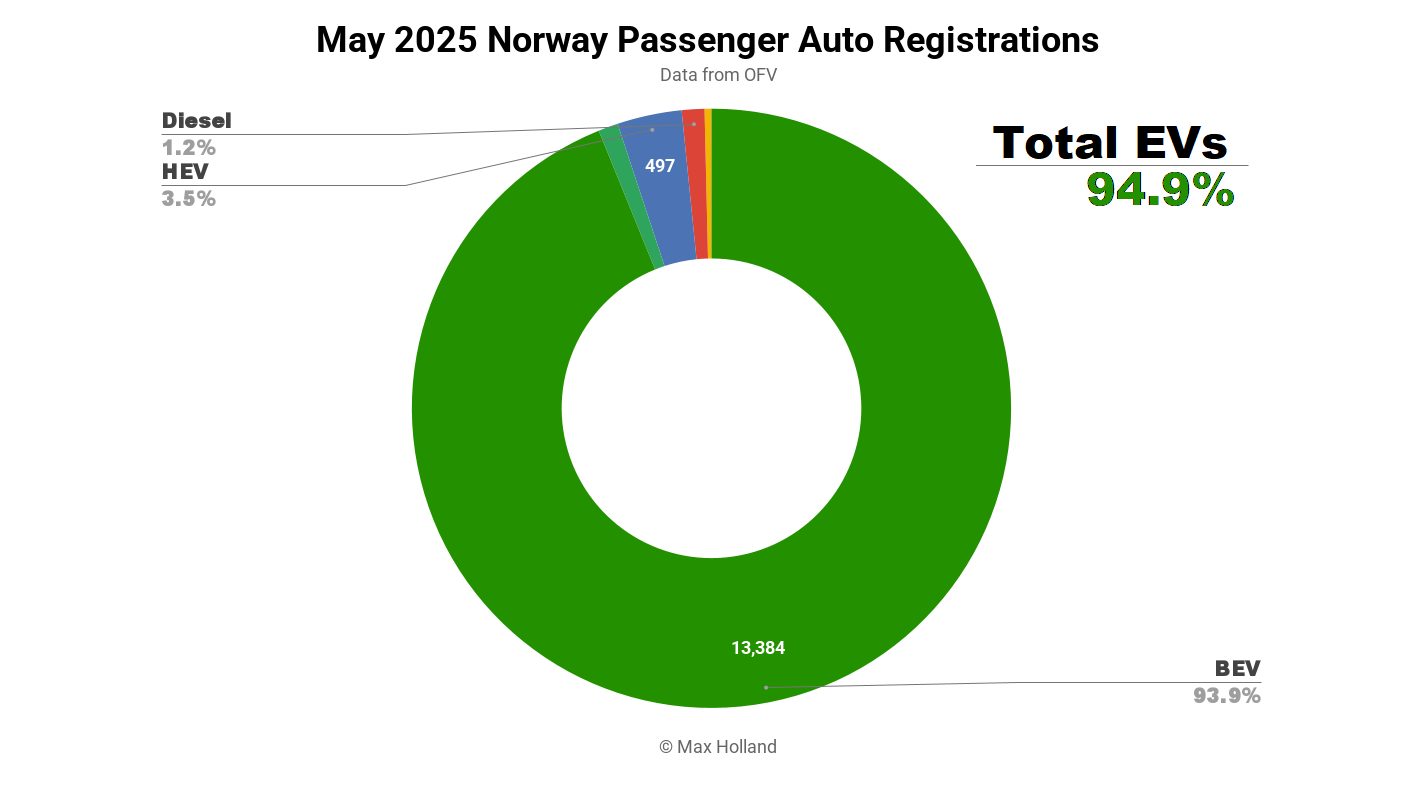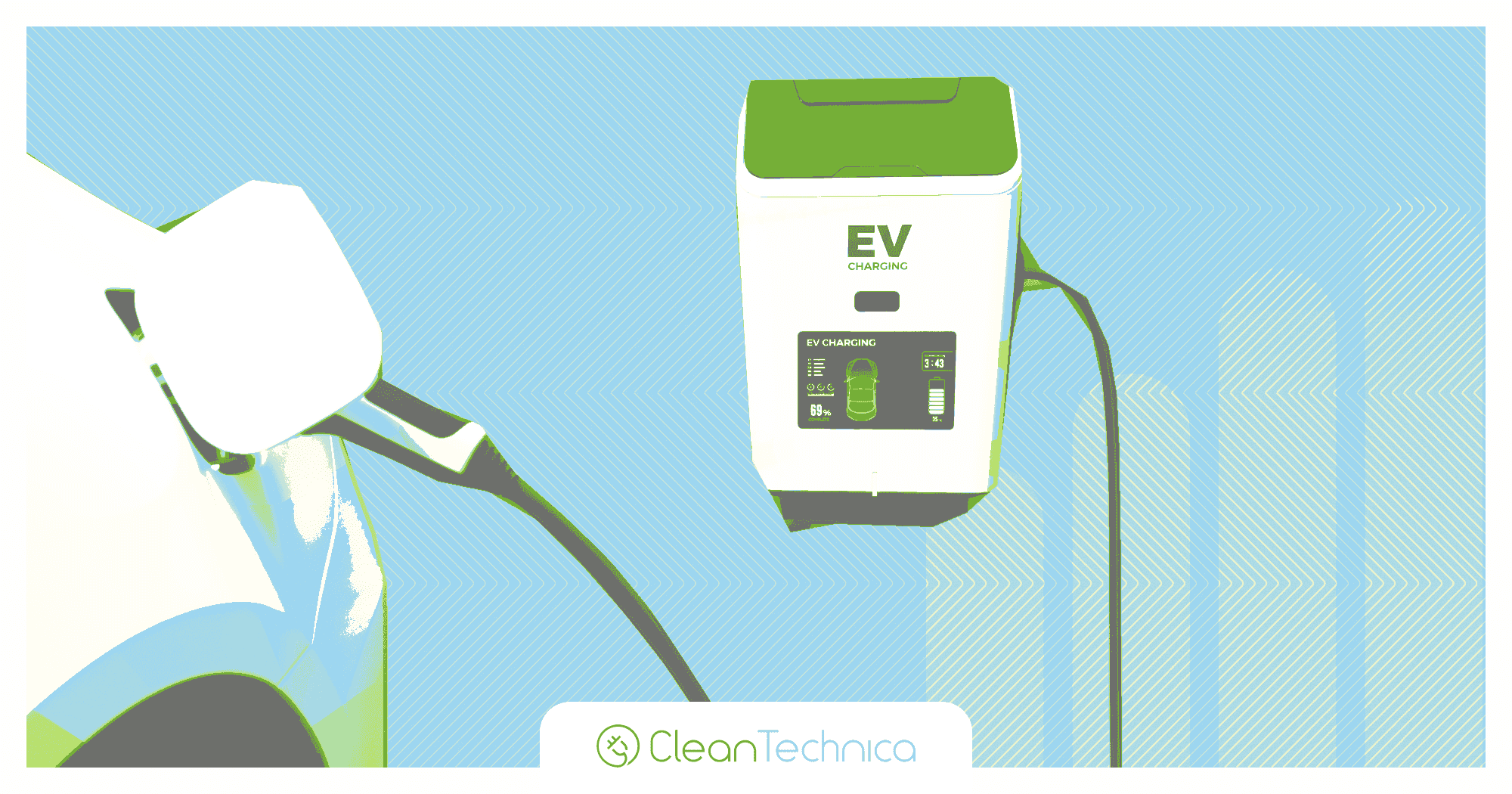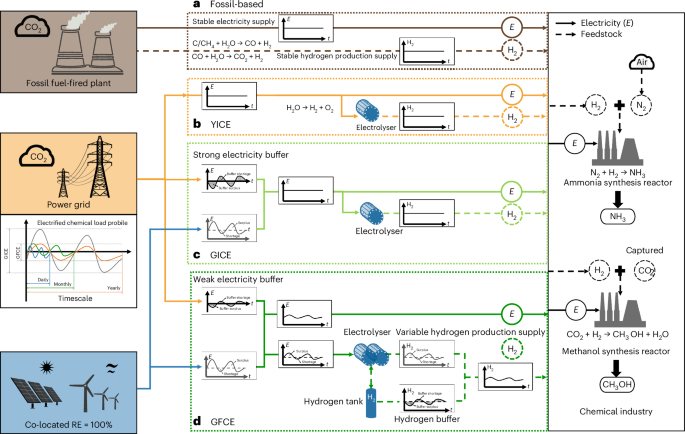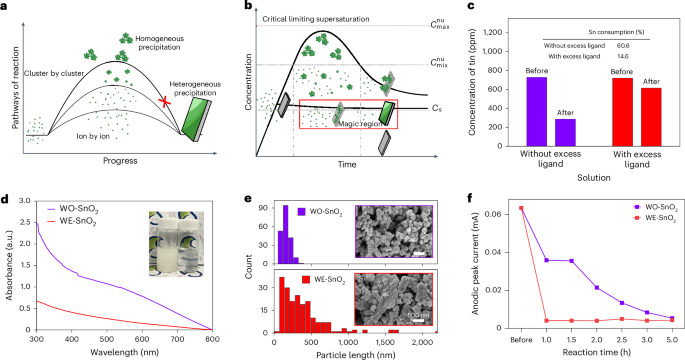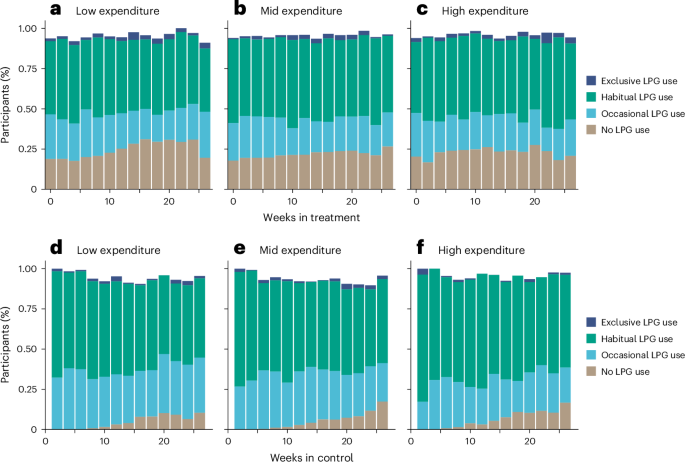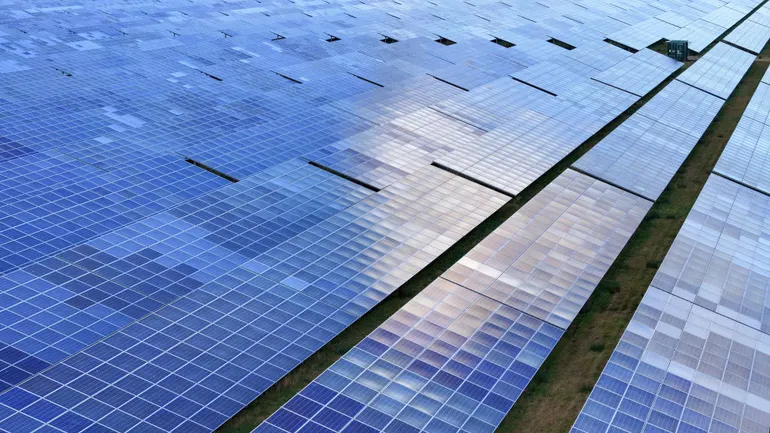Hydrogel Adhesive Integrated‐Microstructured Electrodes for Cuff‐Free, Less‐Invasive, and Stable Interface for Vagus Nerve Stimulation
Advanced Healthcare Materials, Volume 14, Issue 12, May 6, 2025.

In this study, a cuff-free, less-invasive surgical approach for vagus nerve stimulation (VNS) by combining ultrathin Y-shaped kirigami electrodes is developed with a chemically cross-linked hydrogel adhesive (hydrogel-kirigami). Unlike conventional cuff implantation, which may damage nerves and nearby critical vessels, this new technique minimizes tissue dissection, reducing the risk of complications.
Abstract
Vagus nerve stimulation (VNS) is a recognized treatment for neurological disorders, yet the surgical procedure carries significant risks. During the process of isolating or cuffing the vagus nerve, there is a danger of damaging the nerve itself or the adjacent carotid artery or jugular vein. To minimize this risk, here we introduce a novel hydrogel adhesive-integrated and stretchable microdevice that provides a less invasive, cuff-free option for interfacing with the vagus nerve. The device features a novel hydrogel adhesive formulation that enables crosslinking on biological tissue. The inclusion of kirigami structures within the thin-film microdevice creates space for uniform hydrogel-to-epineurium contact while accommodating the stiffness changes of the hydrogel upon hydration. Using a rodent model, we demonstrate a robust device adhesion on a partially exposed vagus nerve in physiological fluid even without the vagus nerve isolation and cuffing process. Our device elicted stable and clear evoked compound action potential (~1500 µV peak-to-peak) in C-fibers with a current amplitude of 0.4 mA. We believe this innovative platform provides a novel, less-risky approach to interface with fragile nerve and vascular structures during VNS implantation.























